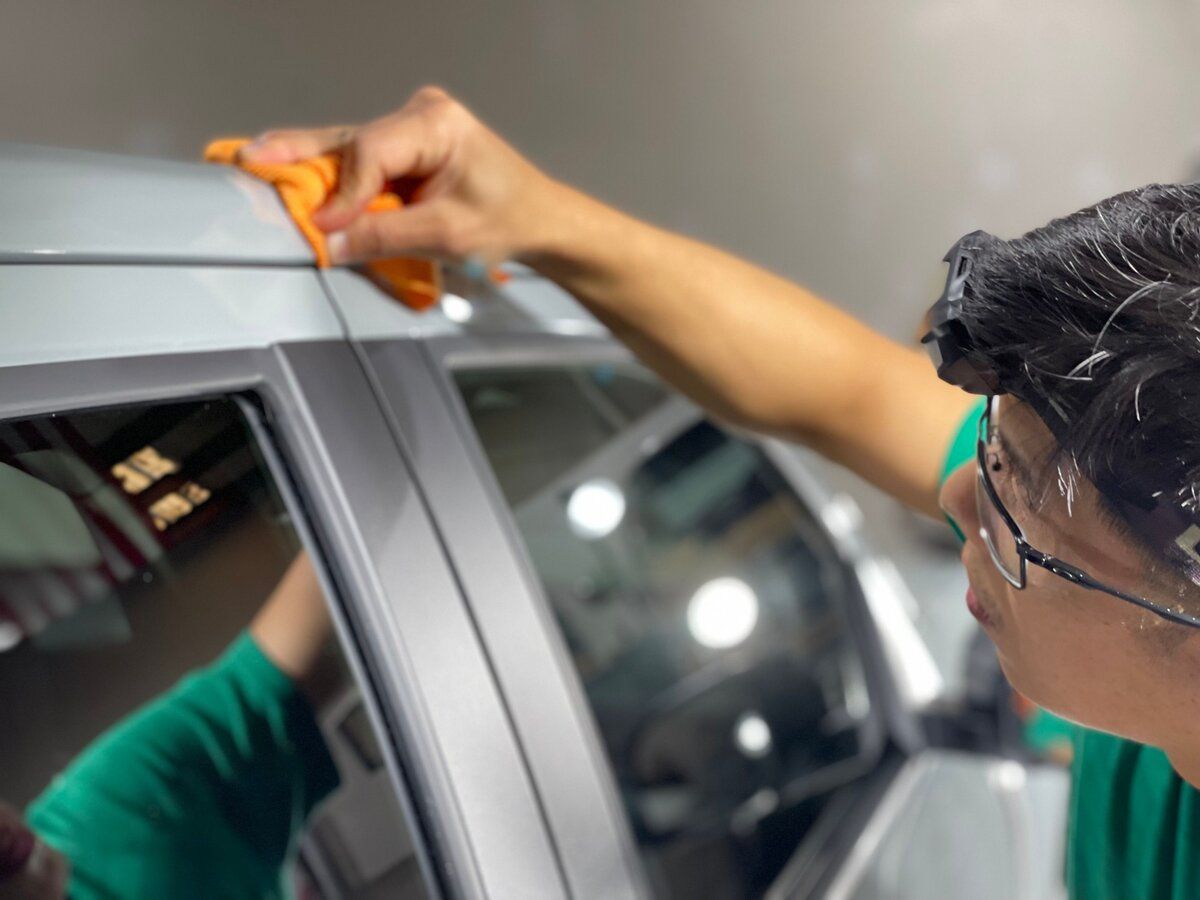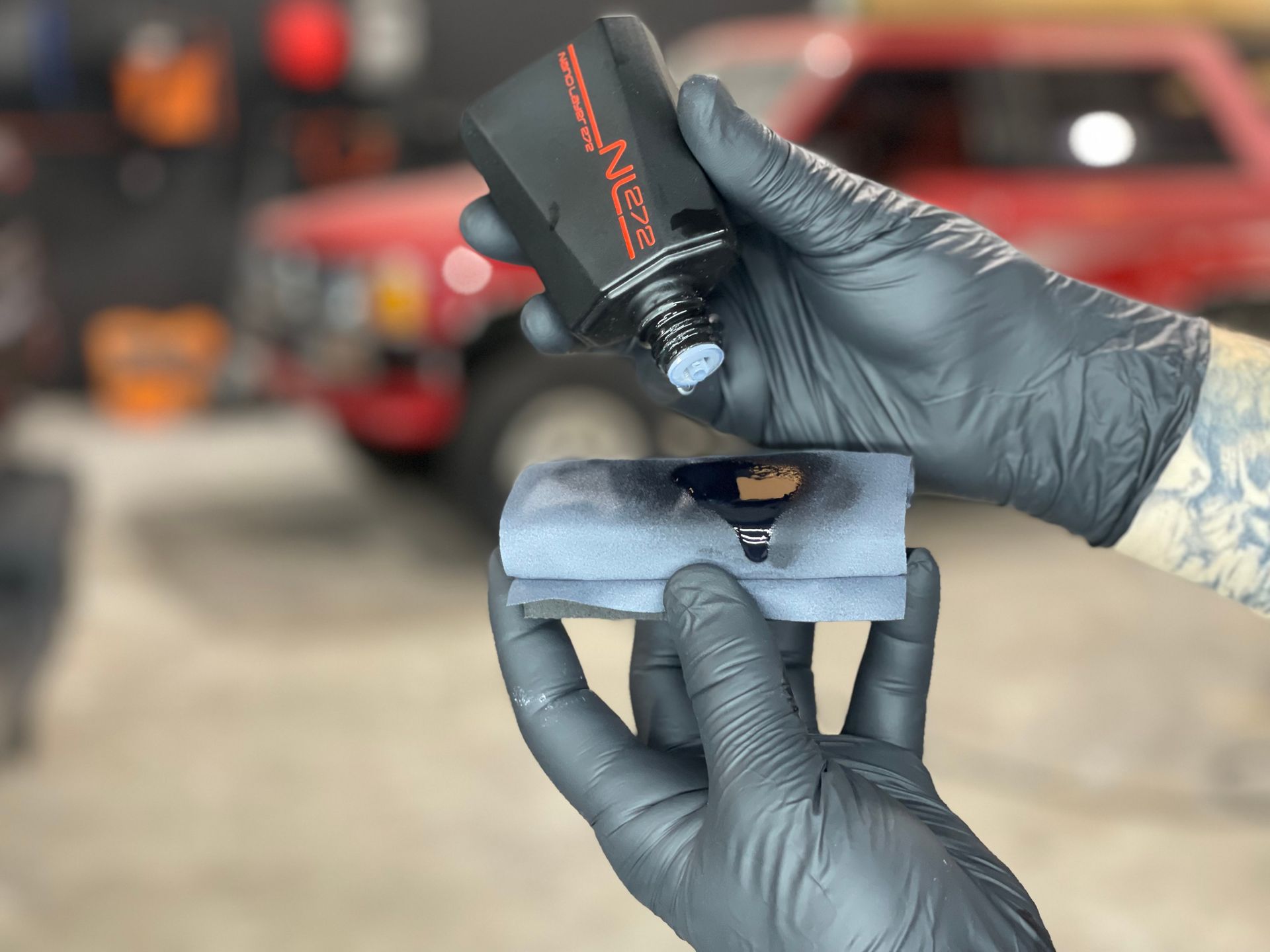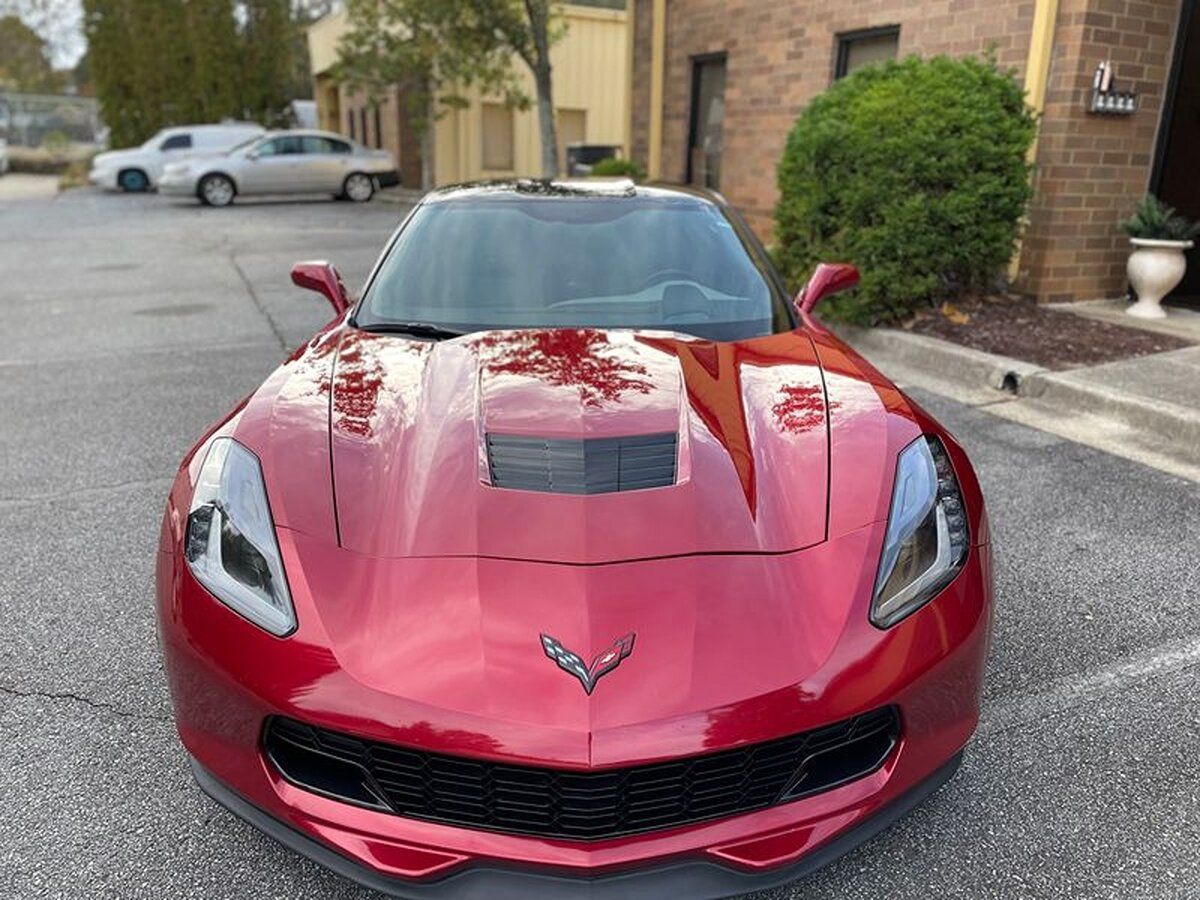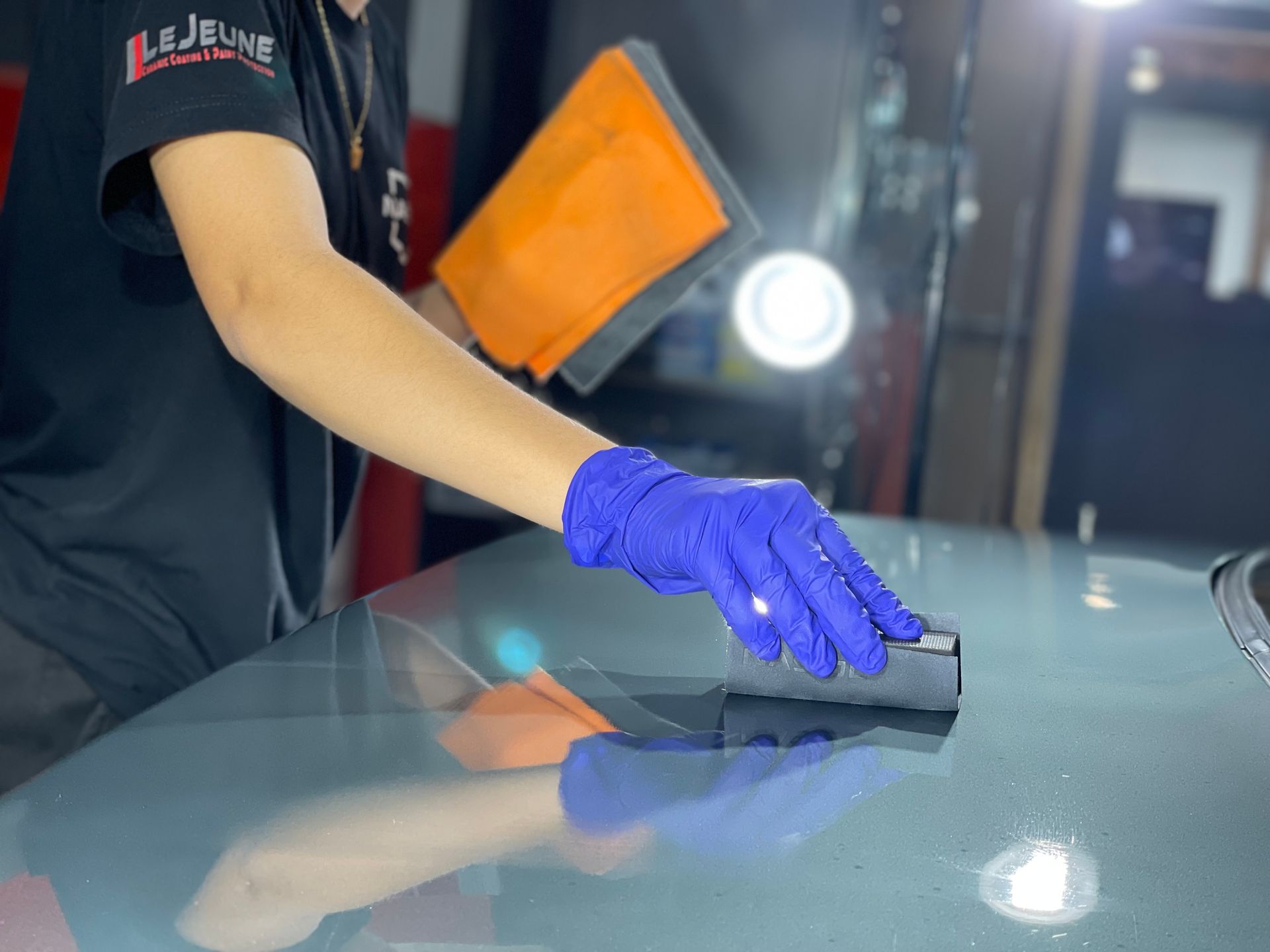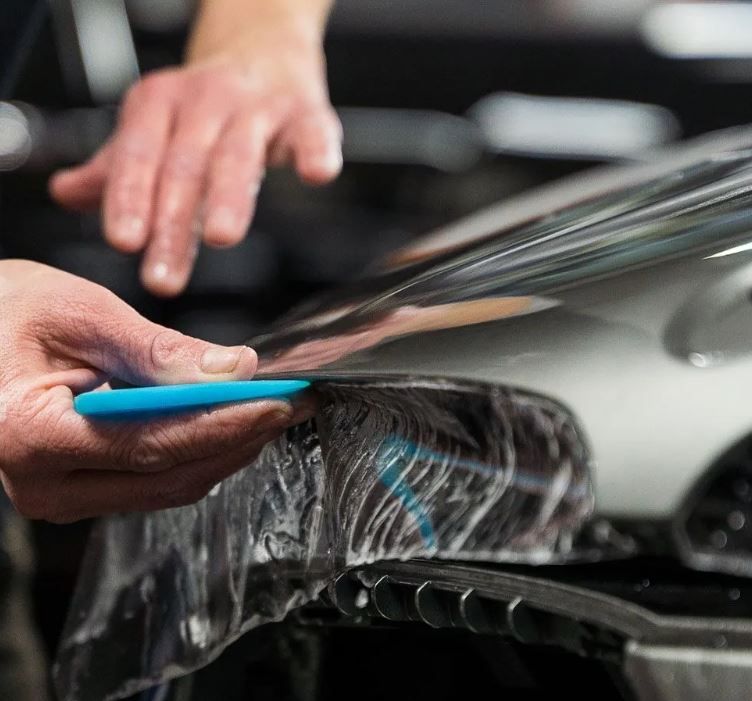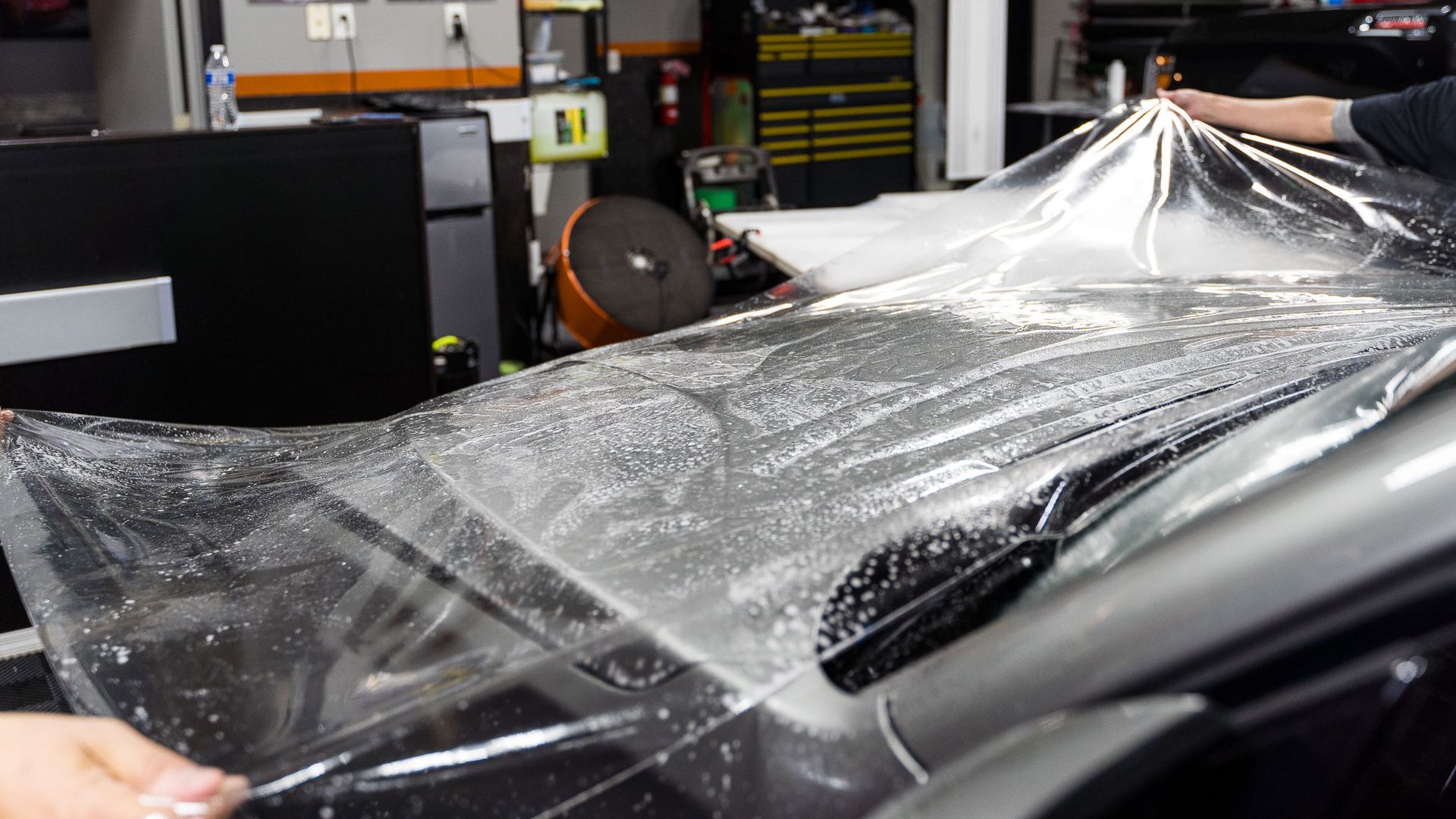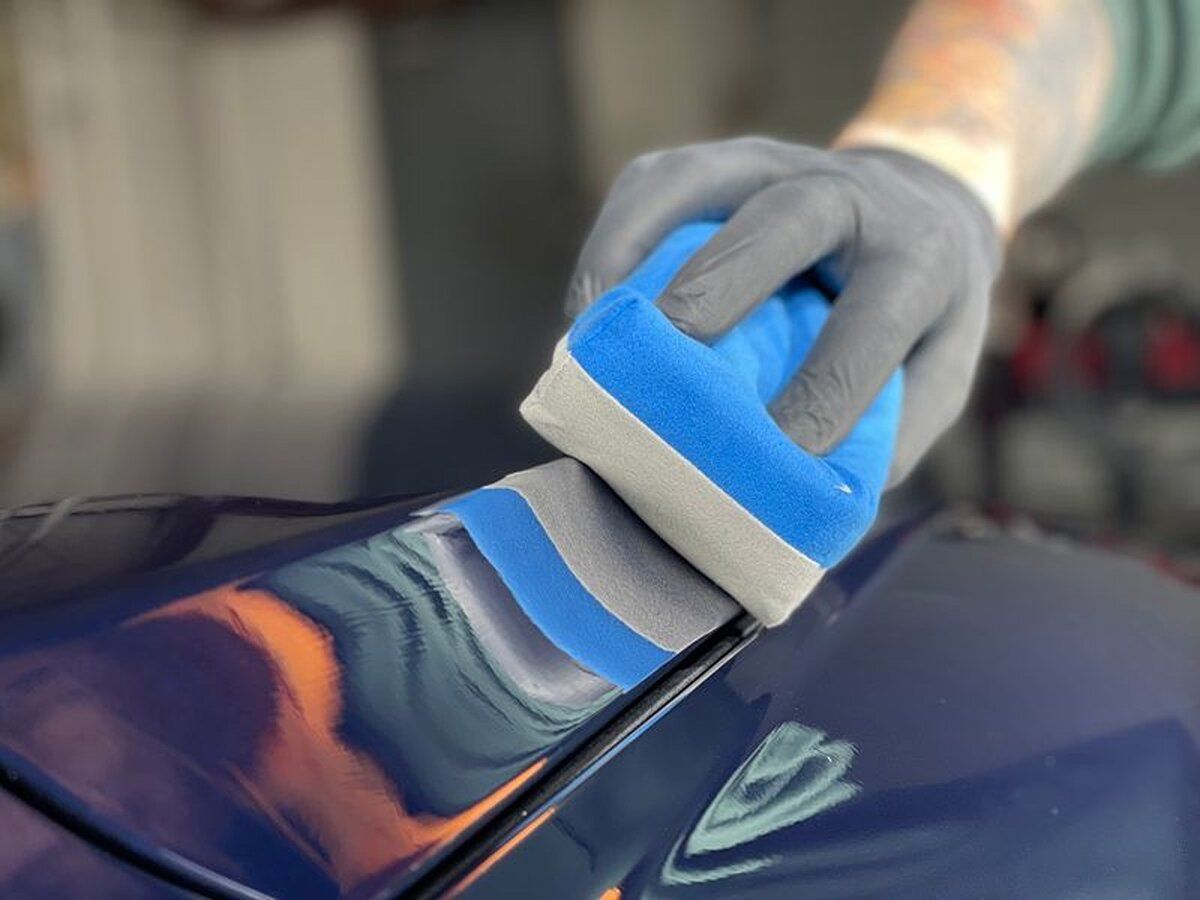The Importance of Properly Preparing Your Vehicle for Ceramic Coating
GET A QUOTECALL (770) 722-3486
When it comes to preserving the pristine appearance of your vehicle, ceramic coating has revolutionized the field of automotive detailing. This innovative protective layer not only enhances the shine of your car but also safeguards its exterior from the damaging effects of weather conditions. However, the critical factor in harnessing the complete capabilities of ceramic coating lies in thoroughly preparing the surface of your vehicle. In this article, we will explore the vital significance of adequately preparing your vehicle prior to the application of ceramic coating.
Importance of Vehicle Preparation for Ceramic Coating
To achieve the best outcome and guarantee enduring protection, it is essential to adequately prepare your vehicle prior to applying a ceramic coating. Before proceeding with the application of the ceramic coating, it is imperative to verify that the vehicle's surface is thoroughly cleansed and devoid of any substances that might impede the adhesion process. This entails a comprehensive cleaning and surface correction procedure.
Detailed Cleaning and Surface Rectification
By dedicating time to thorough cleaning and correcting any surface imperfections before applying ceramic coating, you are establishing a strong basis for durable safeguarding and an impeccable outcome. Now that we comprehend the significance of preparing the vehicle, let us delve into how attaining excellence through professional application can elevate your experience with ceramic coating.
Ensuring Quality through Professional Application
When considering ceramic coating, the manner in which it is applied holds significant importance in attaining optimal outcomes and durable safeguards for your vehicle. Although do-it-yourself alternatives are accessible, it is strongly advised to seek the aid of professionals to guarantee a superior application experience. Experts possess the necessary knowledge, practical background, and appropriate tools to adequately prepare and administer the ceramic coating.
Experienced automotive detailers possess extensive knowledge regarding the essential procedures required to prepare a vehicle's surface for ceramic coating. They diligently undertake a thorough cleansing and decontamination process, eliminating any traces of dirt, grease, or existing coatings that could impede proper adhesion. Furthermore, they employ paint correction methods to eliminate swirl marks and other flaws that may become more prominent once the coating is administered.
By relying on experts to handle the application procedure, you can rest assured that your vehicle will be given the care and precision it merits. These professionals possess specialized equipment and a comprehensive understanding of various materials, guaranteeing thorough coverage that safeguards every nook and cranny of your vehicle.
Moreover, when professionals apply the ceramic coating, they guarantee an even distribution without any streaks or imperfections. They possess meticulous attention to detail and can promptly resolve any potential problems that may arise during the application procedure, including the swift removal of excess product before it has an opportunity to cure inadequately.
Selecting the appropriate ceramic coating
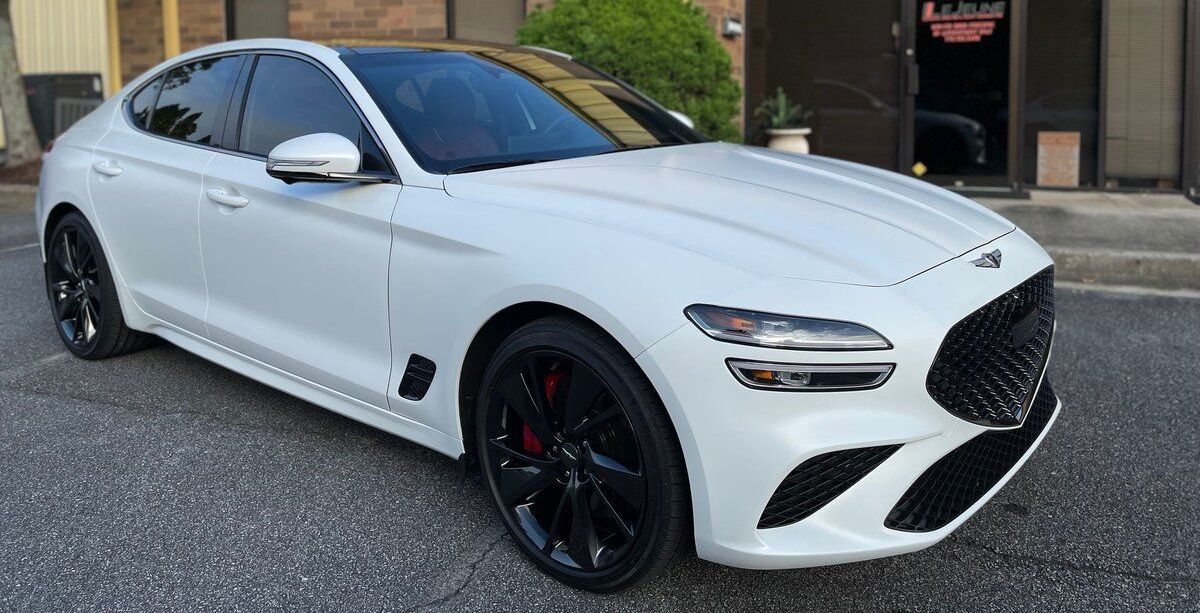
Selecting the appropriate ceramic coating for your vehicle plays a vital role in attaining the desired level of safeguarding and visual attractiveness. With a multitude of choices accessible on the market, it is crucial to take into account aspects including longevity, preferred appearance, and distinct advantages provided by individual brands or variations of coatings.
Gtechniq Ceramic Coatings are a widely preferred option when it comes to ceramic coatings. These coatings not only provide a smooth, water-repellent shine that elevates the overall look of your car but also offer exceptional appearance against external pollutants and sun-induced harm. Their reputation precedes them when it comes to their exceptional longevity and effortless maintenance.
Alternatively, if you favor a natural-looking matte finish, Dr. Beasley's nano-resin coatings would present themselves as a viable choice. These protective layers possess the capability to autonomously correct minor blemishes, ensuring a flawless appearance despite regular usage. The matte appearance contributes a distinct element to enhance the visual appeal of your automobile.
It is important to emphasize that professional detailers possess extensive knowledge regarding various ceramic coating brands, enabling them to offer valuable guidance based on their expertise and practical understanding. They have the ability to evaluate the condition of your vehicle and suggest the most appropriate ceramic coating solution that corresponds with your personal preferences and financial constraints.
Matching and Benefits of Specific Materials
Prior to diving into the procedure of applying ceramic coating, it is imperative to grasp the compatibility and benefits of specific materials. Ceramic coatings are renowned for their longevity and ability to withstand a multitude of environmental factors. Their ability to adhere to various surfaces, such as paint, metal, vinyl, and plastic, enables them to provide extensive protection throughout different areas of your vehicle. Additionally, ceramic coatings offer exceptional UV protection, preventing paint fading or oxidation brought on by prolonged sun exposure. By improving the visual appeal and durability of your vehicle's outer surface, ceramic coatings enhance its value and maintain its overall aesthetic appeal.
Process of Ceramic Coating Application
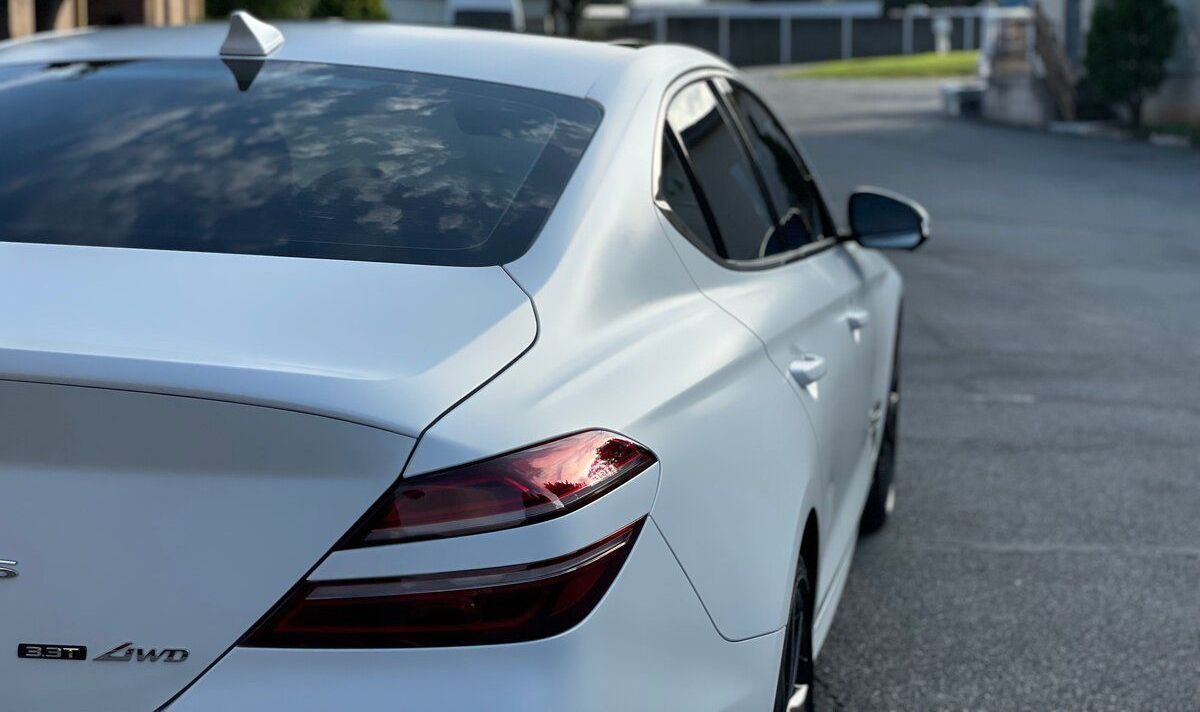
Now that we have explored the compatibility and advantages of certain materials used in ceramic coatings, let's dive into the process of applying ceramic coatings to your vehicle. The application process typically involves several steps that ensure optimal adhesion and performance.
- The surface of your vehicle needs to be thoroughly cleaned and decontaminated. This step is crucial, as any dirt or debris can hinder the proper bonding of the ceramic coating.
- Once the surface is clean, any imperfections, like swirl marks, may need to be corrected through a process known as paint correction. This step involves using specialized tools and compounds to restore a smooth and uniform finish to your vehicle's paintwork.
- After preparing the surface, the ceramic coating is carefully applied using specific techniques and tools. It is important to ensure even coverage without leaving any missed areas or uneven patches.
- After the coating has been applied, it needs time to cure fully. During this curing period, which usually ranges from a few hours to a few days, depending on the specific product and ambient conditions, it is essential to keep the vehicle away from water or any potential contaminants that could interfere with the coating's bonding process. The process of ceramic coating application may seem intricate, but it is crucial to providing long-lasting protection and enhancing the appearance of your vehicle.
Maintaining and attending to ceramic coatings
Consistently maintaining your coating is a crucial element of frequent upkeep. This entails regularly cleansing using car shampoos that have a pH-neutral composition and employing microfiber wash mitts, which provide a gentle touch on the surface. To prevent any potential harm to the coating, it is advised to refrain from employing harsh chemicals or abrasive instruments. By adhering to appropriate cleaning methods, you will be able to eliminate dirt, impurities, and pollutants from the surroundings that may gradually deteriorate the coating.
Alongside regular cleaning, it is essential to conduct periodic examinations. Dedicate some time to carefully scrutinize the coating of your vehicle for any indications of harm or deterioration. Be on the lookout for any indications of swirl marks or regions where dirt appears to be adhering even after routine maintenance. Identifying these concerns at an early stage enables you to promptly resolve them and prevent any additional harm.
For the successful preservation of your ceramic coating, it is advisable to contemplate utilizing specially engineered ceramic boosters or maintenance sprays. Such products aid in revitalizing and fortifying the defensive attributes of the coating during interim cleanings, thereby potentially prolonging its durability. Regular application of these products at intervals of a few months aids in preserving a hydrophobic surface, resulting in water-forming beads effortlessly sliding off, thereby improving the overall aesthetic.
Another crucial element of maintaining ceramic coatings involves the prevention of potential risks. For example, it is advisable to refrain from parking beneath trees where sap, bird droppings, or tree pollen have the potential to land on the surface and result in harm. Likewise, exercise caution while refueling your vehicle to avoid unintended spills that may potentially damage the protective layer. By remaining aware of potential risks, you can reduce the chances of detrimental effects on your ceramic coating.
Ensuring the proper preservation and maintenance of your ceramic coating is essential for maximizing its durability and safeguarding your investment. You can maintain your vehicle's spotless appearance and benefit from the ceramic coating's long-term protection by adhering to these maintenance recommendations.
Elevate your vehicle's shine with LeJeune Ceramic Coating and Paint Protection.
Are you prepared to increase the visual appeal of your vehicle? Search no more than LeJeune Ceramic Coating & Paint Protection for the ultimate solution. At LeJeune Ceramic Coating & Paint Protection, we have established ourselves as a reputable authority in the field of automotive maintenance. Our area of expertise lies in enhancing the appearance of your beloved vehicle through the utilization of state-of-the-art
ceramic coating. We take immense pride in our position as leaders within the ceramic coating sector. Our team of highly skilled experts is committed to providing unmatched expertise and accuracy in every transaction. Book today!
